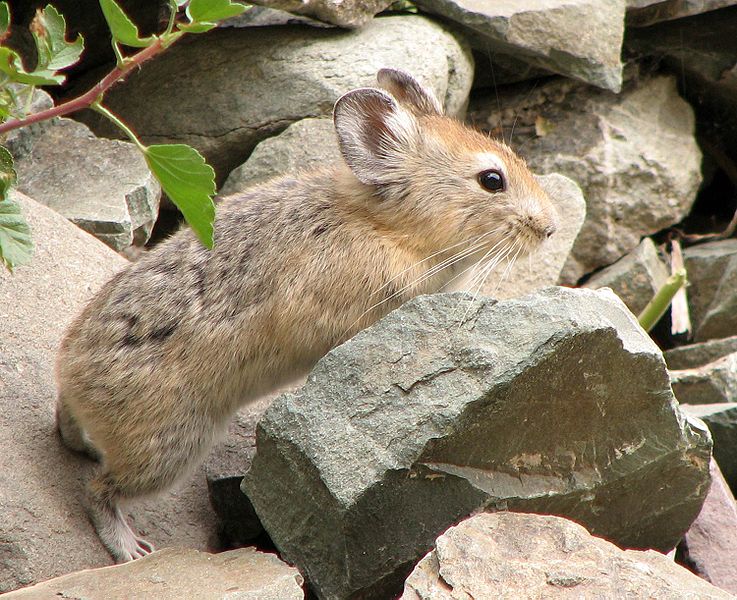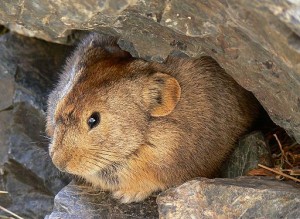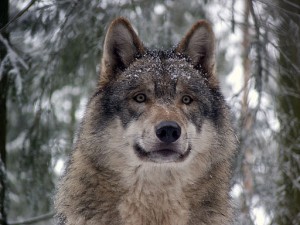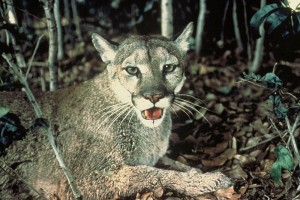Pika eat Moss to Survive Climate Change
The pikas ingest the low quality moss over and over again and, with the help of microbes in their gut, the moss is turned into high-quality food. The end product is 6 times more nutritious than the moss itself.
 Image: By Karunakar Rayker (originally posted to Flickr as The Pika) [CC-BY-2.0 (http://creativecommons.org/licenses/by/2.0)], via Wikimedia Commons
Image: By Karunakar Rayker (originally posted to Flickr as The Pika) [CC-BY-2.0 (http://creativecommons.org/licenses/by/2.0)], via Wikimedia Commons Pikas are lagomorphs, relatives of rabbits and hares. Native to cold, alpine climates of North America, Asia and Europe, their adaptations to this habitat are what make them so renowned for their cuteness. They are about 6 inches long and shaped like spheres, ideal for conserving heat. Their thick fur and high metabolic rate means that they also generate a lot of heat. But as our climate warms, pikas are overheating and being driven to higher and higher elevations, or being wiped out completely.
However, pikas living on rockslides in Oregon at elevations closer to sea level are able to survive hot weather, as discovered by a recent study imaginatively titled in the press release as ‘A Roly-Poly Pika Gathers Much Moss. High-Fiber Salad Bar May Help Lagomorphs Survive Climate Change.’ Scientists from the University of Utah found that these pikas consume more moss than any other wild mammal species. By eating the moss that grows on the rockslides where they live, the pikas can forage in the safety and shade of the rocks, and avoid overheating or being eaten by weasels and hawks.
The pikas set a new record for the amount of moss in a mammal’s diet; it makes up 60% of all the food they eat. The closest competition comes from brown lemmings (moss makes up 40% of their diet in winter), and Svalbard reindeer, with up to 54% of moss in their diet in winter. The reason few other mammals eat moss is that it is so deficient in nutrients – moss is 80% fibre. Yet the pikas can cope with this because, like rabbits and hares, a small fraction of their faeces is produced in the form of caecal pellets which they re-ingest to gain nutrients. The pikas ingest the low quality moss over and over again and, with the help of microbes in their gut, the moss is turned into high-quality food. The end product is 6 times more nutritious than the moss itself.
The study also found that the pikas at low-elevations build much smaller food caches than pikas living at higher elevations. This is because there is less snow cover, so there is less need for them to store food for when the vegetation is inaccessible in winter months.
In some mountain ranges in western USA, pika populations have gone extinct due to climate change. But it seems that the roly-poly pikas in Oregon have discovered an ingenious way to survive.





No comments yet.